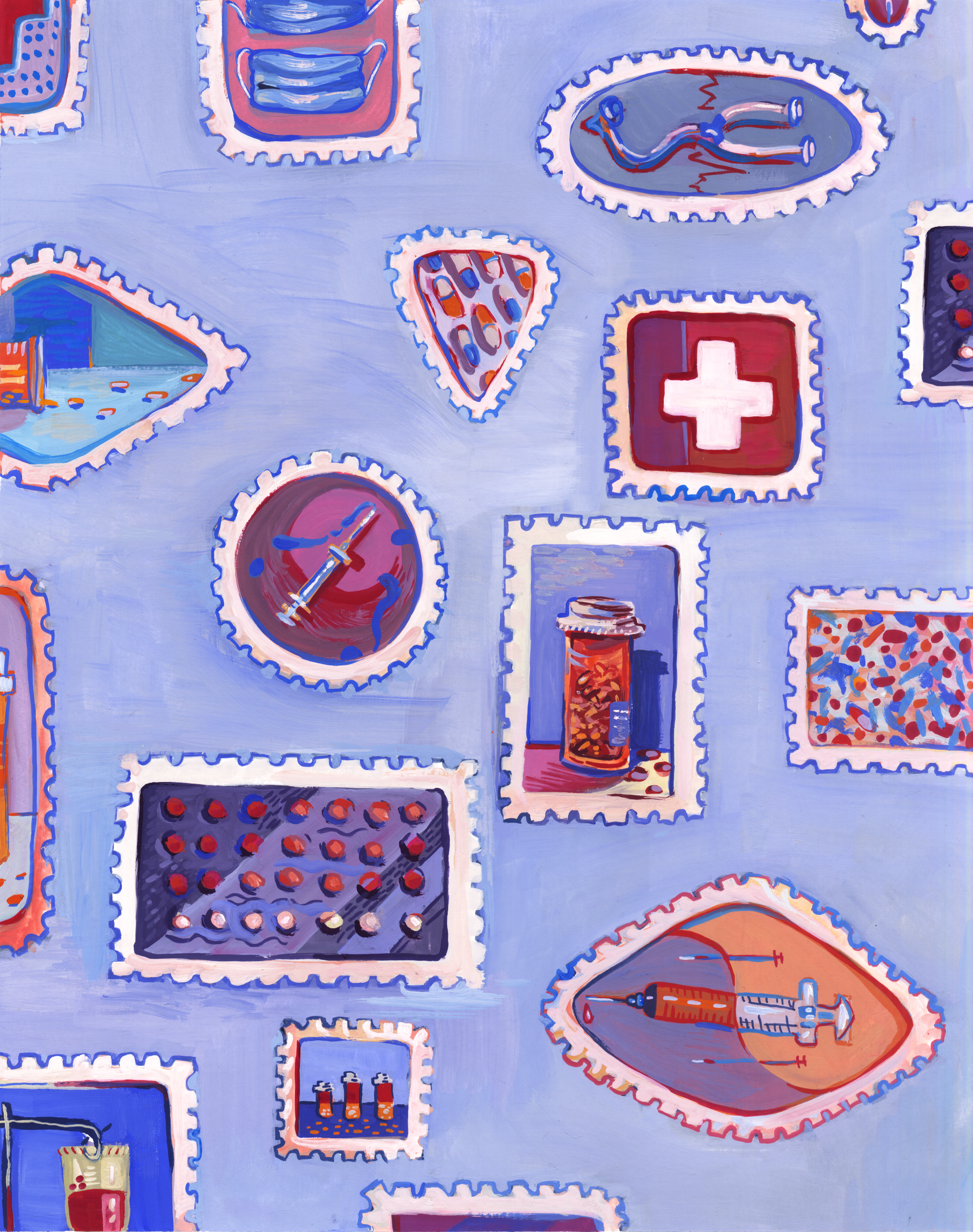Within the muddy waters of the US healthcare system lies a persistent and ever-growing problem: Exorbitantly high drug prices. The cost of medications is on the rise, and over the past few years, 44 percent of Americans have chosen not to fill a prescription because of its price. In response, alternative pharmacy models have begun to disrupt the corporate-greed-driven pharmaceutical market by retailing drugs at far lower prices. These models show clearly that the drug supply chain operates more cost-effectively when it is simplified. Drawing from these alternative pharmaceutical models, the federal government should consider strategies to gradually eliminate reliance on the pharmaceutical middleman.
The drug pricing structure of traditional pharmaceutical models is unnecessarily complex. The supply chain begins with the manufacturer and then passes through pharmacy benefit managers (PBMs), wholesalers, and/or pharmacies before reaching the consumer. PBMs facilitate negotiation between drug manufacturers and pharmacies, determining which drugs are available to the public and at what cost. Many manufacturers sell products to PBMs at discounted prices in exchange for having their drugs positioned opportunely on formularies, lists of insurance plans’ preferred medications. However, consumers do not reap the rewards of this quid pro quo as PBMs keep the profits. Thus, as PBMs avariciously demand higher and higher discounts, manufacturers raise their drug prices to compensate, leaving consumers with bloated prescription prices. PBMs also drive up consumer costs through other unsavory practices, many of which are shrouded in secrecy.
Drug prices have increased by 313 percent since PBMs became more active in the drug market in 2006, forcing patients to massively overpay for their drugs while PBMs hide their profit margins from public view. And troublingly, the three largest PBMs control 79 percent of the market and operate under just three insurance companies, rendering peer accountability impossible.
In contrast to these opaque business practices, new, alternative pharmacy models are prioritizing transparency in their pricing structures. In January 2022, American businessman Mark Cuban’s Cost Plus Drugs launched its online pharmacy with over 100 medications sold directly from manufacturer to consumer, eliminating the middleman. The company sells all drugs at just 15 percent more than their manufacturing cost, plus a five dollar pharmacy labor fee and a five dollar shipping fee. Now, over two years later, it has expanded to sell 2,200 drugs directly to patients. Often, the difference between the price on the Cost Plus Drugs website and the generic retail price is shocking. For example, Imatinib (generic for Gleevec, a medication used to treat cancer) sells at a colossal retail price of $2502.50, yet it costs only $13.40 on Cuban’s website.
Cost Plus Drugs is not the only alternative pharmacy entering the game. Amazon is trying out a subscription service that gives unlimited access to over 50 generic medications at a flat monthly fee of five dollars, while GoodRx helps consumers identify the cheapest drug prices in their immediate vicinity. These companies are undeniably shaking up the drug market by making thousands of generic drugs more accessible than ever before.
But for brand-name drugs, which accounted for almost 80 percent of prescription drug spending in 2018, alternative pharmacy solutions fall short. Cost Plus Drugs, for example, almost exclusively offers generic drugs, which are already 80 to 85 percent less expensive than their branded alternatives. This is particularly troublesome because more than 500 branded drugs do not yet have a generic counterpart—new, cutting-edge medications are particularly prone to lacking an unbranded option. Since brand-name drugs are protected under patents, manufacturers have the right to sell them at any price. Thus, drugmakers typically don’t sell brand-name drugs for less than their sticker price unless they are incentivized to do so.
Cultivating a world where all pharmaceutical drugs are accessible thus requires more than just alternative pharmacy models: It also necessitates extensive reforms that tackle the underlying issues inherent in a PBM-centric system. The federal government must take a page from successful alternative models to implement holistic solutions. First, in the immediate future, the government needs to improve transparency in the market by mandating the disclosure of PBM pricing practices. Next, in the long run, the government ought to foster competition within the pharmaceutical industry by encouraging the expansion of alternative pharmacy options to sell more medications, including brand-name drugs. Taken together, these measures should erode the power of PBMs.
By prioritizing health outcomes over financial gains, alternative pharmacies embody the potential for radical change in the pharmaceutical industry. They are a wake-up call for reform in the drug market—a call the federal government must now answer.
